
Twenty-seven days ago, Tanya Ester Avigyle came into this world, alert and alive, looking wide-eyed at me while I stared at her in disbelief, gasping, “oh my God, oh my God” on repeat for what felt like forever.
But this isn’t the story of the afterbirth; of the lessons and ways my mind has taken in this new abrupt identity and transformation, as physically my body recovers from shedding 25 lbs. in the span of a few minutes.
It’s the story of the sequence of events that led up to that, the frantic cab ride, the months of emotional and intellectual preparation, the fear of the unknown, that waiting and the waiting, the decision of to induce or not to induce as I approached 42 weeks, the days of being cooped up in a fourth floor Israel apartment in the heat of the summer, and the final day in which everything I had been hoping for in the last nine plus months came to fruition.
After learning about how labor and birth can be the ultimate spiritual, emotional and intellectual challenge, (check out the fantastic book Labor of Love) I decided that I wanted to take on the challenge of attempting to have a holistic birth experience; learning how to relax my body while it encountered the greatest pain of its life, learning how to release fear and embrace the unknown, learning how to trust that my body can do this, that it was meant to do this. I was going to try and give it my all, and try and do it without pain medication— as much as I could.
On the 10th of Av, August 10th, a day after Tisha B’Av, I awoke at 11 a.m., and started to feel my body experiencing some sort of inner pressure.
By 1 p.m. it was pretty obvious—I was finally going into labor.
I labored at home until I was ready to go to the hospital. They say it’s important to stay at home, in an environment of safety and familiarity as much as you can. The experience of being in a cold, unfamiliar hospital arena can cause a woman to tighten up, become afraid and complicate the labor thus slowing it down.
My husband came home excited and encouraged me throughout the entire thing, as I, in a fog, tried to visualize myself running track, with teammates, friends, even my track coach! (Where did he come from?) All rooting me on. “I can do it!” I chanted. “I can do it!” “You can do it!” My husband shouted back at me grinning. “You can do it!!”
By 6:30 it was becoming increasingly obvious that now was the time REALLY the time, as I realized that I was feeling the need to push, and that the baby was pretty ready to come into this world.
My duela arrived and the three of us quickly hailed a cab. It was the classic scene of a woman frantically huffing and puffing in the backseat of a taxi, as the cab driver according to my husband, was grinning from ear to ear, having the time of his life, with an excuse to drive as crazy as he wanted along the Israeli streets—an Israeli cab driver’s dream come true.
“Pray for me,” I shouted to my husband, calmly turning to the duela to explain, “God listens to him.” She laughed and nodded, “I’m sure He does.”
We arrived and my duela ran through the hallways with me in a wheelchair huffing and puffing. Being overcrowded, I’m taken into a room with two other women giving birth, sectioned off by a curtain, and the process of pushing begins.
“Imagine your child in your hands very soon,” the duela encourages, but this doesn’t help me because I never really have held a baby before and didn’t know what it felt like.
And so I dreamed of the only thing I knew—having Shabbos meals with my children, standing proudly at their bar mitzvah, watching them go to the chuppah… and as the pain came in waves, in my mind’s eye, I saw two golden challahs, and that’s what I concentrated on as my body swayed back and forth. I looked up to God and told Him, I’m doing this for you, so help me through this, knowing that it didn’t have to been painful if He didn’t want it to be.
Finally, the time had come, and as I lay on my back, she emerged, wide eyed, alert, and loving, reaching towards me as I stared at her in disbelief. Wait, what? What just happened? Oh my God, oh my God, oh my God…
I had gotten through it without any medication, just with two golden challahs in my mind, a lot of love and support.
That’s the story. But here comes the real story, the reason why it all took place. Now comes the ultimate challenge. May it be revealed good. Hello, Tanya Ester Avigyle. Welcome to this world. Let’s get to work.


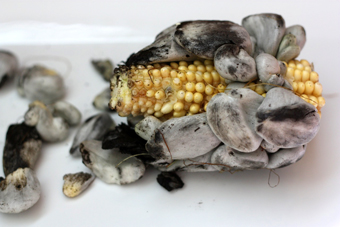

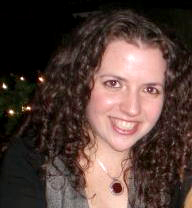
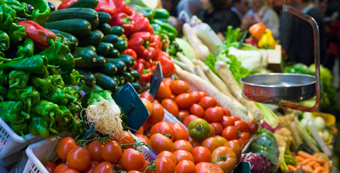
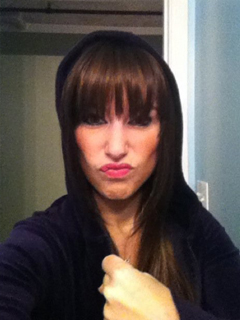

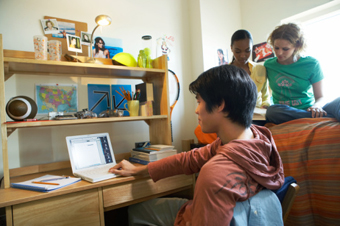
.jpg)
.jpg)




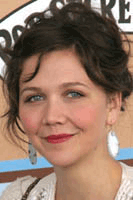






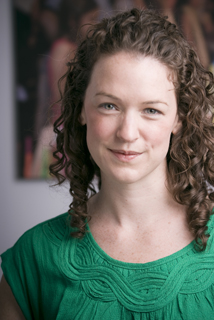



.jpg)



